Fat and Sugar Free Chocolate Cake
Ever dreamt of trying a truly decadent dessert which you wouldn’t later regret eating? This chocolate cake recipe was inspired by a friend of mine who cannot have sugar and has to limit fats in her diet (but loves sweets). Most recipes for sinless, guiltless chocolate cake are either low/non fat OR sugar free, but it is very difficult to find a fat AND sugar free recipe that works. This is because sugar and fat contribute a lot to the structure of the final baked cake.
Not only is this chocolate cake enjoyed by those who are watching their intake of fats and sugars, but also by everyone who has tried it. It’s always a big hit at the office parties where it has been served. I’m sure you will enjoy it too, whether you need to cut back or not.
Here is how I make it:
FAT AND SUGAR FREE CHOCOLATE CAKE
Ingredients
1 c Milk, nonfat
2 Eggs
½ c Applesauce, unsweetened
2 t Vanilla
1 ¾ c Flour
2 ¼ c Sucralose (Splenda)
¾ c Cocoa powder, unsweetened
1 ½ t Baking powder
1 ½ t Baking soda
1 t Salt
1 c Water, boiling
Instructions
Preheat oven to 350. Coat a 9 x 13 baking pan with cooking spray.
Blend eggs, milk, applesauce and vanilla in a large mixing bowl.
Combine dry ingredients and add to liquid mixture. I recommend using Dutched Cocoa if possible. That and the boiling water contribute to the deep dark brown chocolate color of this cake giving the impression of richness.
TIP: I often use a large French Whisk to mix dry ingredients. While accomplishing the mixing, it also helps break up large chunks of dry ingredients and is easy to clean afterwards.
Beat with electric mixer at medium speed for two minutes.
Stir in boiling water slowly and mix thoroughly.
Pour into pan (it will be very watery, but this is normal), place in oven and bake for 30-35 minutes or until a toothpick inserted in the center comes out clean.
Cool completely if you will be icing the cake, which I recommend. I don’t recommend removing this cake from the pan to serve as its structure is very fragile.
As you can see from the following image, it is normal for this cake to have cracks after baking. That this cake has no fat or sugar also accounts for the reason it does not rise as much as a regular cake. The standard method for making cakes from scratch is to use the Creaming Method.
In the Creaming Method the sugar and fat (butter for cakes) are first blended together. The purpose of this blending is not primarily to soften the fat, but to add air bubbles. Then the leaveners (Baking Powder and Baking Soda) create the gases which cause those bubbles to expand. These bubbles are responsible for the final texture of the cake. Additionally, butter (which this cake does not have) contributes to the ‘moistness’ of the cake, which helps hold it together.
It is because this cake has a tendency to form cracks that I recommend it be frosted, especially if you will be serving it at a party. Frosting, at least in cake baking anyway, covers a multitude of sins. 🙂
Here is the recipe I used for frosting the cake. It is essentially a thick chocolate pudding and although it does call for adding one tablespoon of butter, that amount of fat is pretty negligible in comparison with the composition of the cake as a whole.
SUGAR FREE LOW FAT CHOCOLATE ICING
Ingredients
½ c Cocoa powder, unsweetened
4 T Corn starch
1 c Sucralose
1/4 t Salt
2 c Milk, nonfat
1 T Butter
2 t Vanilla
Instructions
Mix together cocoa, corn starch, sucralose and salt. Add milk slowly and stir. Cook until thickened, stirring continuously. Add butter and vanilla. Cool, and then spread on the cake.

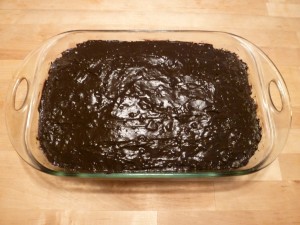
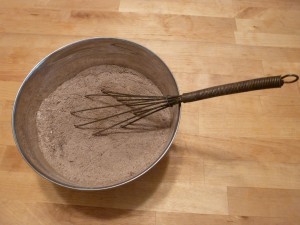
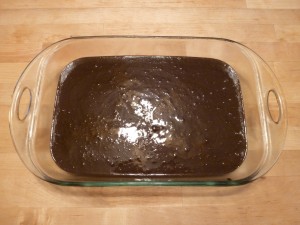
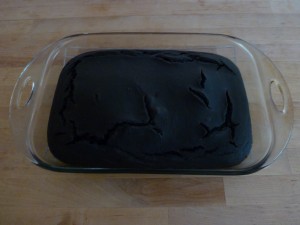

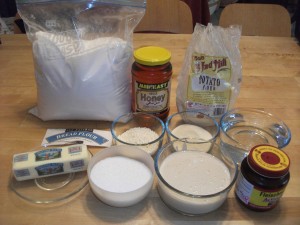
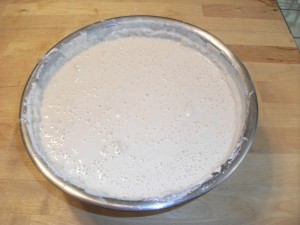
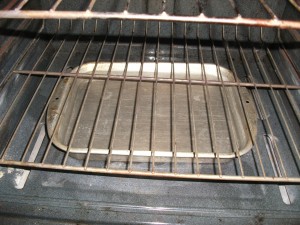
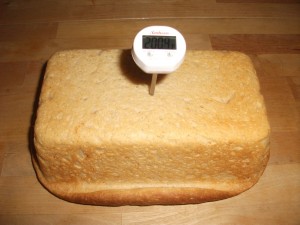
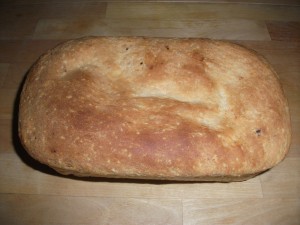
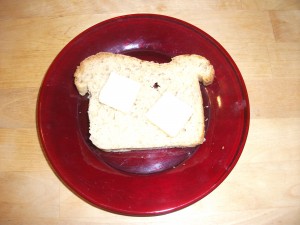

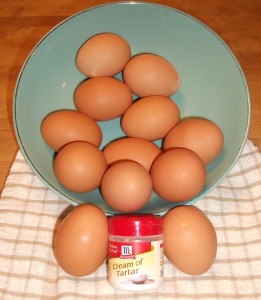
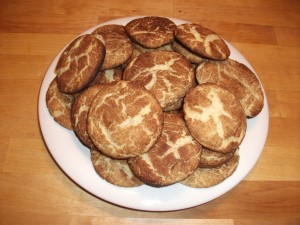
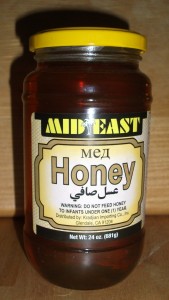
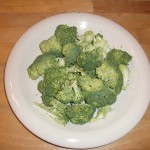
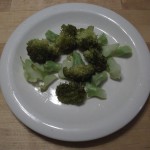
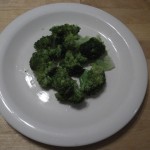
Follow Us!